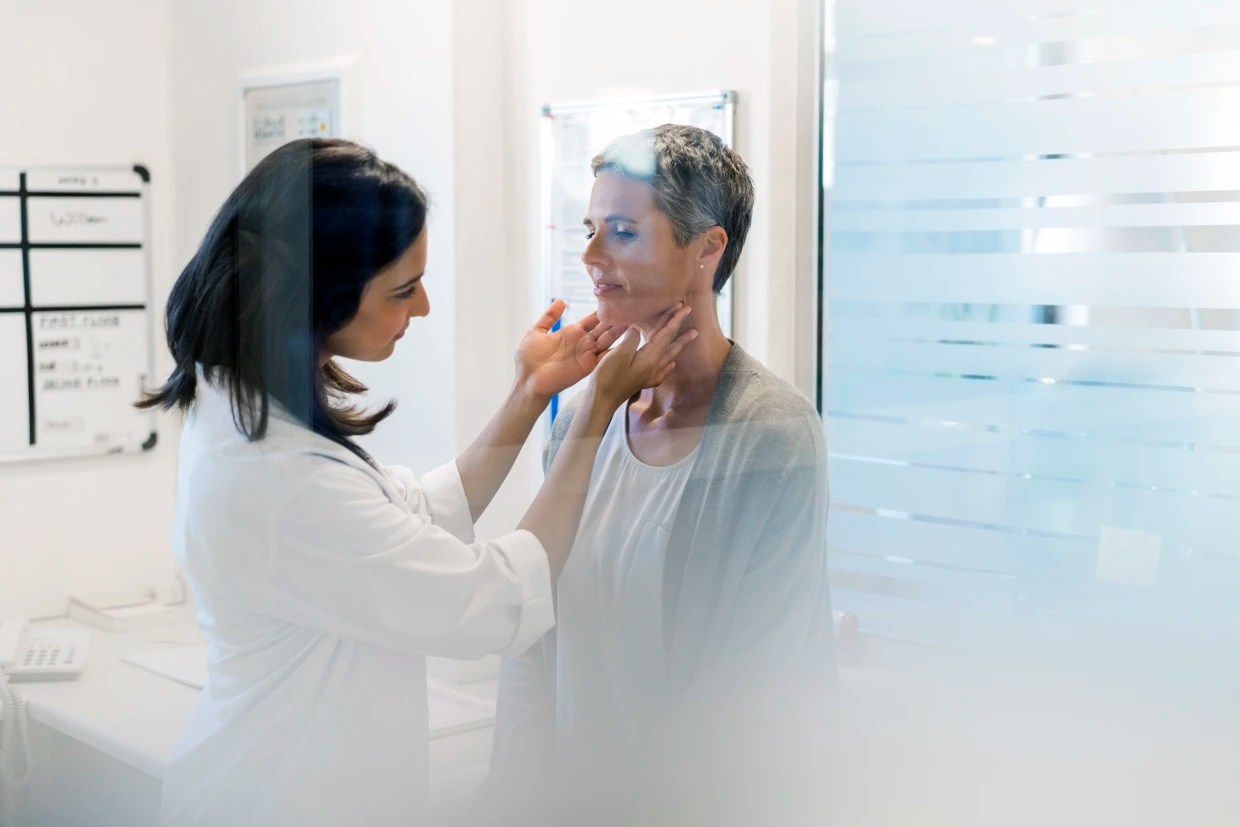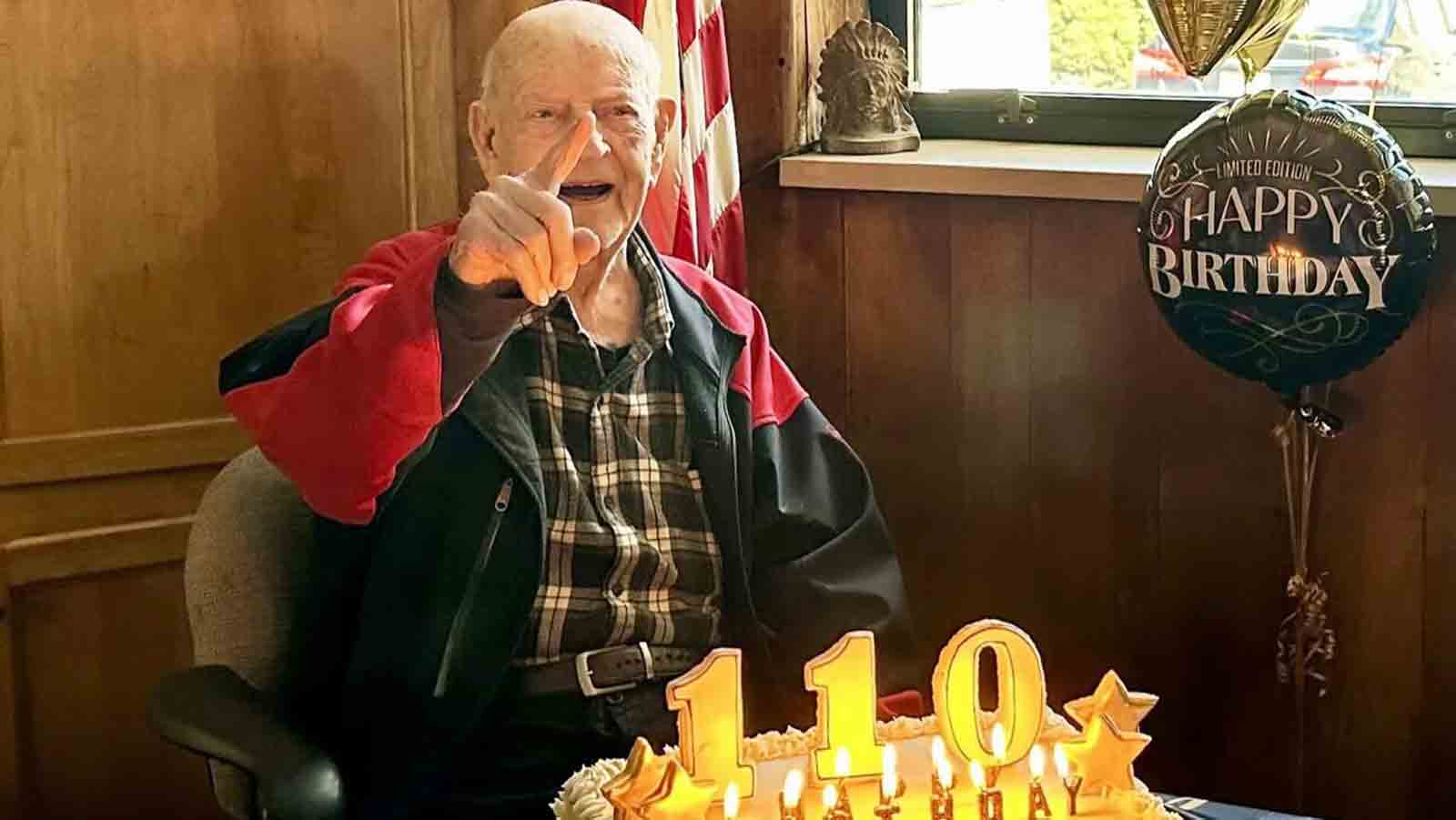Dr. Bruce Hensel reported on a potentially lifesaving video interpretation service for patients in hospitals throughout the country.
"I can tell you from experience, when patients don't speak the same language as the doctor, life threatening problems can occur, even if you have a phone or staff interpreter around. I'll show you why; this video service is personal, comforting, reduces liability and can be life saving for some patients," Dr. Hensel said.
It is called "MARTI." It is not a person..a computer or a video screen. MARTI is, in a sense, hundreds of people; And one of them is about to make a major difference in Maria Bocanegra's life.
Maria is among millions of Americans who do not speak the same language as their doctors or nurses. In the past, Dr. Michael Chin would have tried to solve that problem with local staff who are not trained interpreters, or a telephone interpreter; But those methods have two potentially dangerous limitations, according to Dr. Michael Chin of Corona Medical Center: "We cannot know if the medical terminology has been translated correctly and we do not know if the patient really understands your translation so they can trust your care."
MARTI, which stands for "my accessible real time trusted interpreter" uses two way video to solve both problems while adding the human touch.
Ken Rivers, the CEO of Corona Medical Center, says using a professional medical interpreter in this way makes an impact: "It's a face with a voice, and when you bring that to the patients and the family members and they can see someone talk to them then they can feel that someone is communicating directly."
Jeff Paugh from the Language Access Network says that 70% of all human communication is non-verbal, "So it is very important that when you talk to a patient you see the frowns, the sadness, the tears, the smiles, the grins, everything else…the arm movements, the hand movements. So, you can interpret what the patient is actually going through and feeling."
Health & Wellness
Health and wellness news
The system's interpreters are trained in translation and medical terminology and on call 24 hours a day 365 days a year
"We can do up to 150 different languages including American sign language," Paugh said.
"Using the MARTI is very simple; push one button and MARTI will connect to Columbus, Ohio where the interpretation center is housed," Dr. Hensel said.
Maria, who has diabetes, came in for hyperbaric treatment of a wound that wouldn't heal; the blood tests, exam and therapy are complex.
MARTI helped Maria communicate her feelings and understand everything, according to her Brother-in-Law Fred Diaz, "Its just like talking to a person like someone in person. She feel a lot comfortable talking and she knows that that way she can understand what the doctors or nurses are asking her. Patients are starting to feel that way all around the country. Numerous hospitals have portable MARTI's now: Community medical centers like Corona Regional, and high end tertiary care facilities like Sloan Kettering and universities like Ohio State.
There are MARTI's in intensive care units, children's centers, labor and delivery, and in emergency rooms. In places like that; the video interpretation saves more than just time.
"It can be life saving; if we don't understand what the patient is saying we can't treat them," Ohio State nurse Lisa Kozer said.
"MARTI's creator came up with the idea when he and his brother were in Mexico. His brother got hurt but nearly died because he couldn't speak Spanish. He was lucky and survived. His creation is now saving countless others. It's already in numerous hospitals around the country and will soon be in more," Dr. Hensel said.



